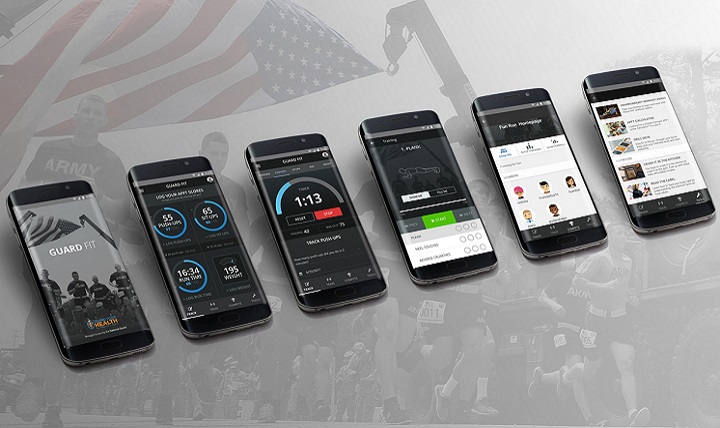
Since 2017, the percentage of Internet traffic coming from mobile phones has stood at over 50%. Mobile phones are now a much more significant part of the tech ecosystem than they were just about ten years ago. One of the driving reasons behind that is the development of interactive mobile applications on smartphones.
While all of that sounds great on the users’ end, the developers know that the reality for them is quite different. Building a mobile app can be very challenging, and the industry is also highly competitive. Testing your apps before release is imperative, as it can be the difference between having a successful and a botched release. In this article, we’ll look at four tips that can help you optimize your mobile app testing:
Prepare for device fragmentation: One of the great things users enjoy is that at almost every price point, there’s a smartphone for them. For developers, this isn’t good news. Different devices mean different specifications. As such, you must prepare measures for dealing with them.
The best thing would be to be able to test the app’s performance on multiple hardware, but that’s not always possible because developers are limited by time and funds.
The next best alternative is continuous testing. It allows developers to simulate several hardware devices and test their apps on the go. That means you can catch bugs in specific devices that don’t show up in others.
Test different network settings: Depending on where your application is going to be used, the users may not have access to the same kind of broadband (4G LTE, 3G, and EDGE) that you have. Unfortunately, this is one thing that developers often forget. There are also noticeable performance drops when phones switch between network and WiFi. It’s essential to see how exactly your apps perform in adverse conditions.
Look out for storage issues: The lack of flexible external storage devices for mobile devices means that space is a problem we’re going to have for a while yet. You have to test how much memory your app consumes when it’s running and how much data it downloads offline. Having a data-heavy application can be a burden for your users. You don’t want to have them decide between keeping high-res pictures of their cats and keeping your app.
Thankfully, cloud-based storage is becoming more popular with mobile app developers today. It allows you to store most of your application data off the phone and run a data-light app.
Plan for different application versions: Depending on how available you want your application to be, you may have to design different apps for different devices. First of all, you’ll need to create native apps compatible with the OS you want it to run on, e.g., Android, iOS, Windows, etc. Then, you may also need to develop web apps that can be accessed using web browsers.
Conclusion
Building a mobile app is no mean feat, and there’s no need to make it more difficult than it already is. Fine-tuning your development process can help you avoid late-stage failures and embarrassments. With the tips in this article, you’re well on your way to building less stressful apps.